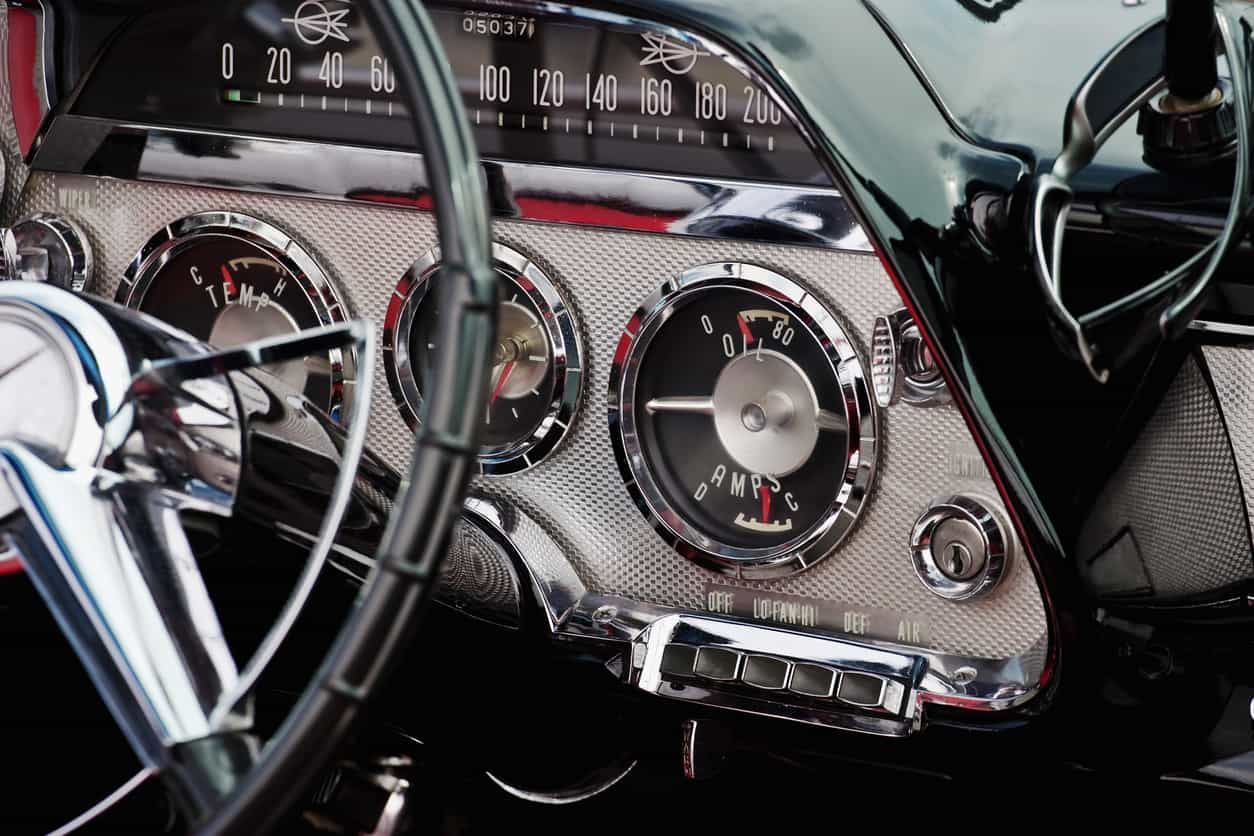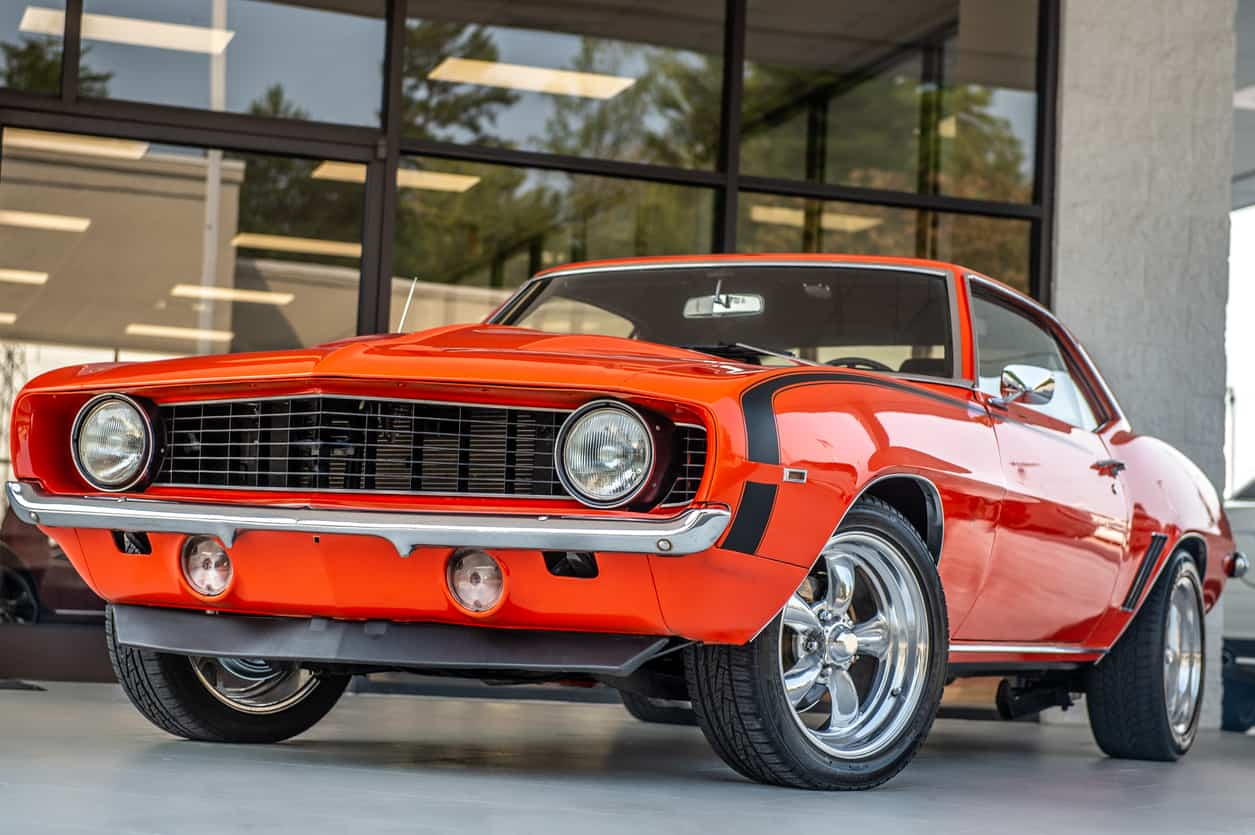Introduction Every car enthusiast knows the thrill of acquiring a vintage beauty. However, once the deal is sealed, the pressing concern becomes how to safely transport this precious cargo. In this detailed guide, we journey through the process of shipping vintage cars across the United States, focusing on safeguarding your automotive investment.
State-by-State Regulations Different states boast varying regulations when it comes to shipping vintage vehicles. To ensure you don’t face any unexpected hurdles, it’s crucial to familiarize yourself with these rules.
California: Land of Stringent Emissions Due to its commitment to reducing air pollution, California has strict emissions regulations. While vintage cars can get exemptions, documentation is key. Ensure your vehicle possesses the necessary certificates before shipping.
Texas: Size Matters In Texas, the size of your vintage car plays a significant role. Bigger vehicles might require special permits or routes. Additionally, the Lone Star state places a heavy emphasis on vehicle inspections.
Florida: Humidity Havoc Florida’s tropical climate necessitates rust protection. Before shipping, it’s beneficial to give your car a thorough waxing or invest in rust protection solutions.
Understanding Insurance Options An imperative step in the shipping process involves comprehending the range of insurance options available.
Primary vs. Secondary Insurance Often, shipping companies offer primary insurance. However, if your vintage vehicle has immense value, considering secondary insurance is wise, providing an extra layer of financial security.
Valuation Matters Make sure you have a recent valuation of your vintage car. It not only helps in determining the correct amount of insurance but also proves crucial in case of disputes.
Prepping Your Vintage Beauty Before your car starts its journey, some preparatory steps can make a world of difference in ensuring its safety.
Personal Belongings: A No-Go While it might seem tempting, refrain from packing personal items in your car. Not only can they move around and cause damage, but shipping companies often strictly prohibit this.
Battery Checks and Fluid Levels Ensure your car’s battery is fully charged and secured. Check fluid levels and, if possible, reduce them to minimize potential leakage risks.
Tires, Brakes, and Alarms Make sure your tires are inflated correctly, and the brakes function seamlessly. If your car has an alarm, disable it. Alarms can often go off during transport, causing unnecessary stress.
Choosing the Right Shipping Company Picking the right company is half the battle. With a myriad of options out there, it’s essential to make an informed choice.
Reputation is Key Before finalizing, delve deep into reviews and testimonials. Past customer experiences can offer invaluable insights.
Pricing Pitfalls Don’t get lured by significantly lower prices. Sometimes, you get what you pay for. Ensure the price quoted encompasses all services, eliminating any hidden costs.
Open vs. Enclosed Transport While open transport might be cost-effective, enclosed options provide better protection against the elements and potential damages.
The Wait: Tracking and Communication Once your car is on its way, the anticipation can be overwhelming. Choosing a company that offers consistent tracking and communication eases this wait.
Regular Updates: A Must Opt for companies that provide real-time tracking, ensuring you’re always in the loop.
Customer Service Matters A responsive customer service team can alleviate many concerns. Ensure your chosen company is easily reachable and communicative.
Conclusion Shipping a vintage car requires meticulous planning and informed choices. From understanding state-specific regulations to choosing the right shipping partner, every decision impacts the safety and security of your prized possession. By following this comprehensive guide, you can ensure that your vintage vision cruises smoothly to its destination.
FAQ
1. What happens if my vintage car incurs damage during shipping?
If your car experiences damage, report it immediately. Depending on your insurance, you can file a claim. Always document the condition of your car before shipping as a precaution.
2. How long does it typically take to ship a car across states?
The duration can vary based on the distance and route. On average, coast-to-coast shipments might take 7-10 days.




